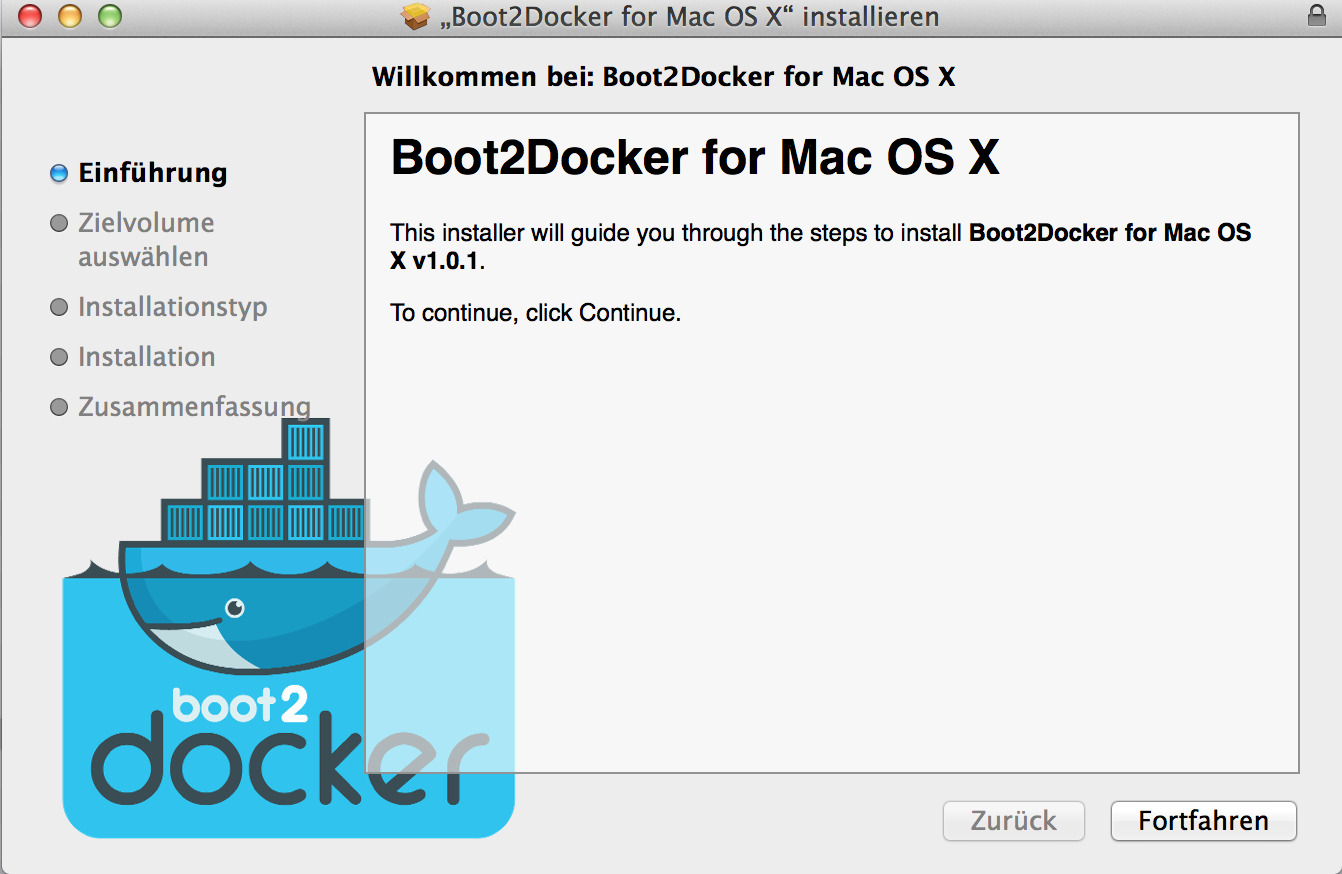

- #Docker for mac install guide upgrade
- #Docker for mac install guide code
- #Docker for mac install guide download
yo-rc.json file, so it is strongly recommended not to generate a JHipster project in your HOME directory. The configuration will be stored in a generated. To find more information, tips and help, please have a look at the Yeoman “getting starting” guide before submitting a bug.
#Docker for mac install guide code
JHipster uses Yeoman for code generation.
#Docker for mac install guide upgrade
The JHipster upgrade sub-generator requires to have Git installed.Īdditional information to "Additional information". JHipster will try to commit your project to Git, if it is installed. We recommend you also use a tool like SourceTree if you are starting with Git. If you don’t want to use those wrappers, go to the official Maven website or Gradle website to do your own installation. Whether you choose to use Maven or Gradle, you normally don’t have to install anything, as JHipster will automatically install the Maven Wrapper or the Gradle Wrapper for you. Optional installations to "Optional installations" Now that JHipster is installed, your next step is to create an application (optional) If you want to use a module or a blueprint (for instance from the JHipster Marketplace), install Yeoman: npm install -g yo. Install JHipster: npm install -g generator-jhipster. Install Node.js from the Node.js website (please use an LTS 64-bit version, non-LTS versions are not supported). We recommend you use AdoptOpenJDK builds, as they are open source and free. Local installation with NPM (recommended for normal users) to "Local installation with NPM (recommended for normal users)" In the future, we expect JHipster Online to provide more features. While it is easier to use, it is not the “full JHipster experience”, and once your application is generated you will still need to follow most of the steps from the next section (“Local installation with NPM”), as you will still need Java (to run your application) and NPM (to manage your front-end code). This is intended for people trying JHipster for the first time, or who want to have a look at what JHipster provides. JHipster Online allows you to generate JHipster applications, without having to install JHipster. JHipster Online (for users wanting a simplified way to run JHipster) to "JHipster Online (for users wanting a simplified way to run JHipster)" The “ Docker” container, which brings you a lightweight container with JHipster installed. Please note that Yarn is a lot less popular than NPM in our community, so this isn’t a recommended option for newcomers. “Local installation with Yarn” is the same as classical “Local installation with NPM”, but using Yarn instead of NPM. In case of doubt, choose this installation. Everything is installed on your machine, which can be a little complex to set up, but that’s how most people usually work. “Local installation with NPM” is the classical way of working with JHipster. JHipster Online is a way to generate an application without installing JHipster in the first place. If in doubt, choose our 2nd option, “Local installation with NPM”: We provide 4 ways of working with JHipster. Installation types to "Installation types" #Docker for mac install guide download
Can't find packages? Ask your distribution or contribute to creating them! Note that all of those packages are community-developed and maintained, Nextcloud currently only provides a the Appimage you can download above.Improve this page Installing JHipster to " Installing JHipster"

See the latest state and more packages in this post on our forums. You can already find Nextcloud Desktop client packages included in openSUSE Tumbleweed, Arch Linux, Fedora, Debian and Ubuntu.


Looking for integration apps like browser add-ins for Passwords, a feedreader and more? Check our app store for integrations! Select one or more directories on your local machine and always have access to your latest files wherever you are. Use the desktop clients to keep your files synchronized between your Nextcloud server and your desktop.








 0 kommentar(er)
0 kommentar(er)
